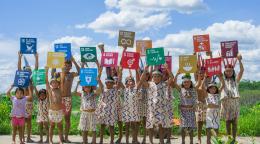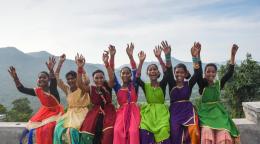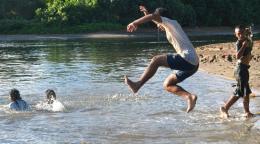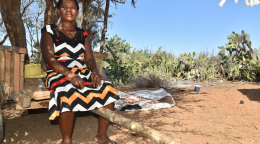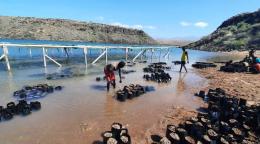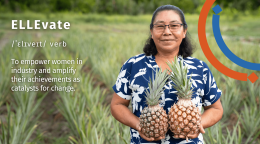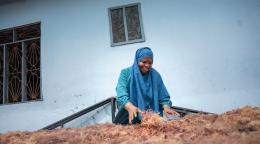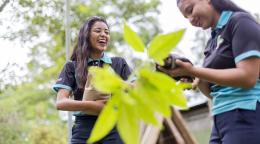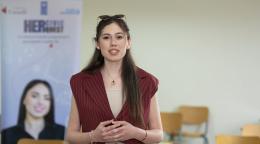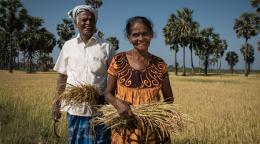Resilience takes root in Myanmar thanks to young champions

Thirty years after the world came together to adopt the World Programme of Action for Youth, the potential of young peoples' leadership and voice shines brighter than ever. Nearly half of the world's population today is under 30 years of age. Roughly 1.2 billion people are between 15-24 years- the largest in history. Last week, at a commemorative event during the UN General Assembly, leaders came together to recommit to not leaving youth behind in the sprint to a sustainable future. Youth from 182 countries around the world had their voices heard in shaping the future of the UN, drawing on their own experiences. In Myanmar, young people’s leadership contribute to building resilience and driving climate action in their communities. Here is a perspective into their work:
For generations, the monsoon rains had nourished the crops of a small Pa’O ethnic village near Taunggyi in southern Shan State, Myanmar. But in 2024, something changed.
“It had never happened before,” recalls Nan Mu Htwe, a 57-year-old farmer and village elder. “The water came right up to the houses.” Triggered by torrential rains that swept across the country, the floodwater didn't just swell in distant streams; it surged into the very heart of their community, threatening homes and livelihoods.
As the community scrambled to keep everyone safe, the unprecedented flood served as a terrifying wake-up call. The 2024 monsoon season, intensified by the remnants of Typhoon Yagi, affected an estimated one million people across Myanmar — but for this village, the cause felt devastatingly local and personal.

“In my opinion, it’s because there are fewer trees,” Nan Mu Htwe says. “In recent years, people have cut down a huge number of trees.” She recalls when the surrounding forest was thick and floods were unheard of in the village; now, heavy downpours send water right up to people’s homes.
This conviction is shared across generations. Shwe Mya, 19, saw her family’s crops destroyed by the flooding. “I believe the disappearance of trees is the cause,” she says. “With fewer trees, their roots cannot absorb as much water, leading to rising water levels and increased flooding.”
In response to these climate threats, children and young people turned their shared anxiety into action. The UN in Myanmar has been steadily engaging with youth to build resilience, promote climate action and disaster risk reduction and ensure the rights of women and girls are upheld in these efforts. Entities like ILO, IOM, UNDP, UNFPA, UNHCR, UNICEF and UN Women have been leveraging young peoples' voice and leadership as agents of change in their communities to help Myanmar bounce back from environmental shocks and drive sustainable development forward.

In this instance, UNICEF has been working with young people to reforest their ancestral land, one sapling at a time.
In mid-2025, to mark World Environment Day, UNICEF helped organise a tree-planting event at the local monastery and on a nearby hill. Young people from the village, including 19-year-old Shwe Mya, were among the most enthusiastic participants. “It was fun getting to plant them together with my friends,” Shwe Mya says. “UNICEF gave us the saplings and everyone came to help plant them.”
Inspired by the young people’s enthusiasm, commitment spread beyond the monastery grounds. Families took leftover saplings home to plant near their houses. The sense of ownership is evident; children and young people now check on the trees they planted whenever they visit the monastery, feeling a surge of happiness at their growth.
For Shwe Mya, the moment she planted her first tree was transformative. “I had a special feeling,” she says. “I thought about how beautiful the tree would be with its flowers, and how delightful it would be when it finally bloomed.”
This initiative is part of a broader UNICEF effort to empower communities to combat climate change. "We see so much enthusiasm from the community, especially the children and young people, who are eager to learn about their environment," says Aye Zar Myo Han, a UNICEF Emergency Officer. "When children are tasked with nurturing their own trees and see them grow, they can become lifelong stewards of their environment."
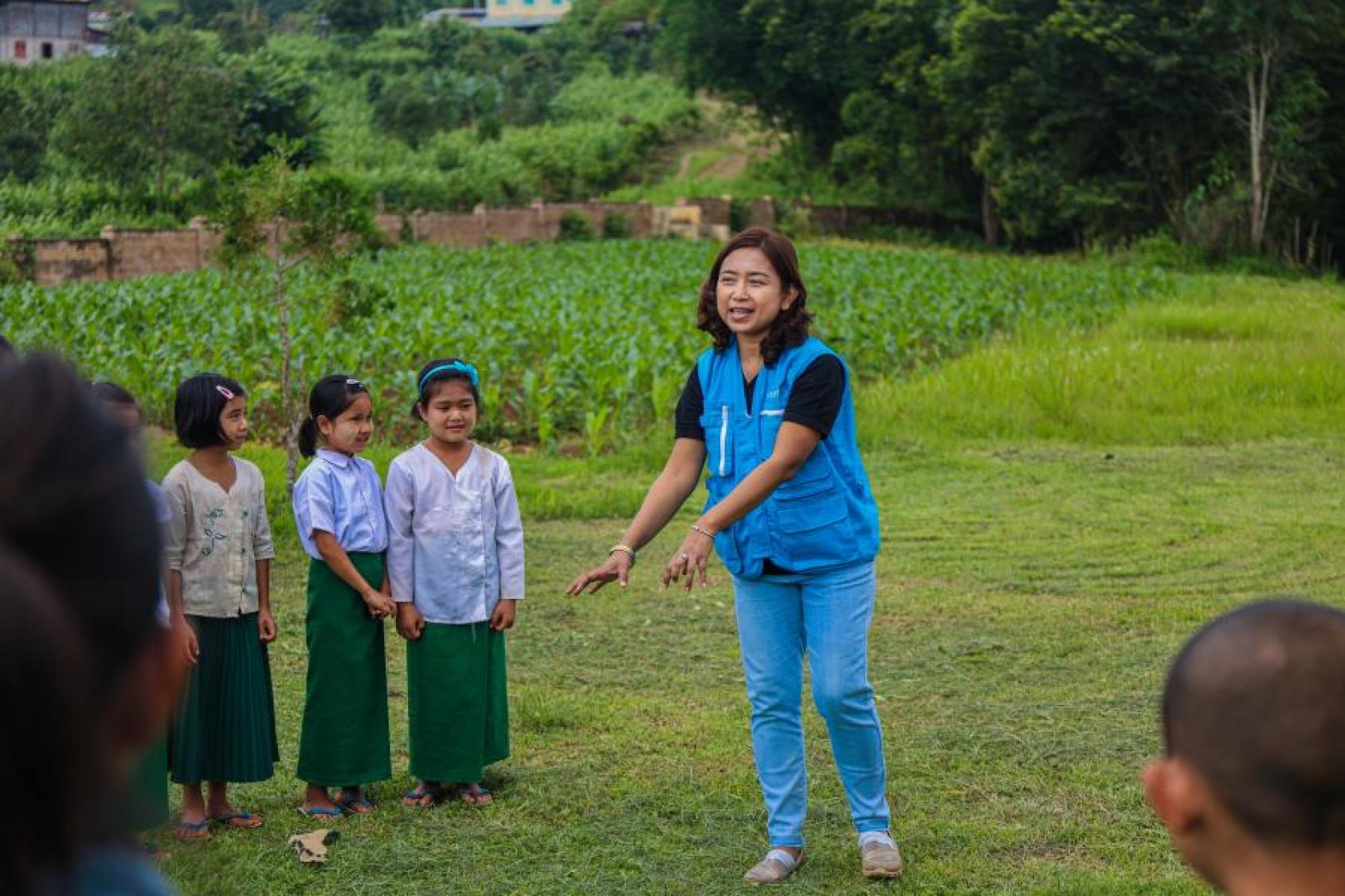
This local activity mirrors a growing movement across the ASEAN region, where young people are no longer on the sidelines of climate action – they are leading it. As highlighted at the recent ASEAN Children and Youth Climate Summit 2025, young people must be “recognised as part of the solution, not only for the future, but from this very moment.” The actions of Shwe Mya and her friends are a grassroots example of how young people in Myanmar are shaping a more climate-resilient future for their own communities.
The wisdom of elders supports this youth-driven effort. "If you must cut a large tree, don't cut it from the root," advises Nan Mu Htwe, advocating for sustainable practices. "Cut it in the middle so it can sprout again. You allow it to be reborn."

This wisdom is taking root in the young. “If you cut a tree down, it's challenging for it to grow big again," says Shwe Mya, who now dreams of one day sitting in the shade of the trees she planted. Her dream is not hers alone. In every sapling planted, the village sees more than just a future tree — they see protection from floods, a cooler home for their children, and a powerful reminder that they can shape a safer tomorrow. What began as a climate adaptation response has blossomed into a youth-led movement of resilience and hope. The indispensable leadership of young people like Shwe Mya shows that the choices made today will define the future they inherit.
This is an edited version of an article that was first published here.
